here may be 14 national teams participating in the ongoing World Cup, but it would not be wrong to say that there are two South African sides present, as there are no less than 11 South Africa-born players wearing colours other than the Protea-green in this tournament.
here may be 14 national teams participating in the ongoing World Cup, but it would not be wrong to say that there are two South African sides present, as there are no less than 11 South Africa-born players wearing colours other than the Protea-green in this tournament.
The World Cup is considered as the pinnacle of a sport. So playing in it, leave alone winning it, is something every player dreams of. Therefore, even though national pride plays a big part in making the competition what it is, personal ambition of the players is also a vital ingredient of the spectacle.
Maybe, that is why a number of players in the history of sports have represented countries other than those where they were born — some because they were not good enough to get into their home country’s team and some moved to another country during their childhood, and a few others for political reasons. Sport, after all, transcends all racial, cultural and national boundaries.
In football, Jack Charlton, who was a part of the England football team that won the 1966 World Cup, brew up a controversy as the manager of the Republic of Ireland, by using what was called the ‘Granny Rule’ (players who’s grandparents were Irish) to select almost an entire team of players, who were mostly England and Scotland-born with Irish ancestry for the 1990 World Cup.
In cricket, however, a number of players, most of them from South Africa, have played in the World Cup for countries other than the one they were born in, taking advantage of their ancestry or other qualifications, much before Charlton’s ‘Irish’ team of 1990.
In the inaugural cricket World Cup in 1975, South Africa-born Tony Greig represented England. South Africa, of course, was banned from playing any kind of cricket because of their racist apartheid regime. Greig was not the first South African player to play for England. In the late 60s and early 70s, Basil D’Oliveira played Tests for England as he could not be allowed to play for South Africa because he was coloured.
Greig was followed by Allan Lamb and Robin Smith as South Africa-born cricketers playing for England in the World Cup, the former playing in the 1983, 1987 and 1992 editions and the latter in 1992 and 1996. And there was of course Kepler Wessels, who played for Australia in the 1983 chapter and returned to South Africa post-apartheid to lead them in their first World Cup in 1992.
The present England squad has four players who were born in the Rainbow Nation — Andrew Strauss, Matt Prior, Jonathon Trott, and Kevin Pietersen. Strauss and Prior migrated to England with their family during their childhood and are products of county cricket, whereas Trott and Pietersen lived in South Africa till they started playing in the South African domestic system before going on to represent England.
Trott holds a British passport, so he was not considered an overseas player. However, Pietersen had to complete a four-year qualifying period in county cricket before representing England. Ironically, Pietersen decided to shift base to England from KwaZulu-Natal as a protest against the racial-quota system that ensured a level of participation from the non-white communities, a complete turnaround from the time of
D’Oliveira.
The one team that has benefited the most this World Cup by South Africans looking abroad for international representation, is The Netherlands. Five players, Wesley Barresi, Ryan Neil ten Doeschate, Bernardus Pieters Loots, Bradley Peter Kruger, Eric Stefan Szwarczynski were all born in South Africa but are wearing the Oranje, taking advantage of their Dutch ancestry. Ireland duo Andre Botha and Albert van der Merwe complete the South African ‘foreign’ XI in this edition of the World Cup in the subcontinent.
![submenu-img]() Men in this Indian village have two wives, living under one roof due to…
Men in this Indian village have two wives, living under one roof due to…![submenu-img]() Meet Allah Ghazanfar, Afghanistan's 18-year-old mystery spinner who destroyed South African batting in 1st ODI
Meet Allah Ghazanfar, Afghanistan's 18-year-old mystery spinner who destroyed South African batting in 1st ODI![submenu-img]() Fired techie LinkedIn post goes viral, shares his 'survival' story after working as Swiggy delivery agent
Fired techie LinkedIn post goes viral, shares his 'survival' story after working as Swiggy delivery agent![submenu-img]() Not Soham Shah, but this actor was leading Tumbbad, took no money, gave two months, then hurled abuses on director for..
Not Soham Shah, but this actor was leading Tumbbad, took no money, gave two months, then hurled abuses on director for..![submenu-img]() IND vs BAN 1st Test: Predicted playing XIs, live streaming, pitch report and weather forecast of Chennai
IND vs BAN 1st Test: Predicted playing XIs, live streaming, pitch report and weather forecast of Chennai![submenu-img]() Lebanon Serial Blast: फिर धमाकों से दहल गया लेबनान, पेजर के बाद अब हिजबुल्लाह के वॉकी-टॉकी फटे, 3 की मौत, 100 घायल
Lebanon Serial Blast: फिर धमाकों से दहल गया लेबनान, पेजर के बाद अब हिजबुल्लाह के वॉकी-टॉकी फटे, 3 की मौत, 100 घायल![submenu-img]() वन नेशन-वन इलेक्शन के प्रस्ताव का 32 पार्टियों ने किया समर्थन, जानें कितने दलों ने किया विरोध
वन नेशन-वन इलेक्शन के प्रस्ताव का 32 पार्टियों ने किया समर्थन, जानें कितने दलों ने किया विरोध![submenu-img]() कोलकाता रेप-मर्डर केस में धरना खत्म करने से डॉक्टरों ने किया इनकार, 48 घंटे में दूसरी बार ममता ने बुलाई मीटिंग
कोलकाता रेप-मर्डर केस में धरना खत्म करने से डॉक्टरों ने किया इनकार, 48 घंटे में दूसरी बार ममता ने बुलाई मीटिंग![submenu-img]() Jammu and Kashmir Assembly Elections 2024 Voting: बुलेट पर भारी पड़ा बैलेट, पहले चरण में जम्मू-कश्मीर में 59% वोटिंग
Jammu and Kashmir Assembly Elections 2024 Voting: बुलेट पर भारी पड़ा बैलेट, पहले चरण में जम्मू-कश्मीर में 59% वोटिंग![submenu-img]() Mpox: भारत के इस राज्य में मंकीपॉक्स ने दी दस्तक, UAE से लौटे युवक में दिखे वायरस के लक्षण
Mpox: भारत के इस राज्य में मंकीपॉक्स ने दी दस्तक, UAE से लौटे युवक में दिखे वायरस के लक्षण![submenu-img]() Ford to return to India after 2 years with reopening of....
Ford to return to India after 2 years with reopening of....![submenu-img]() Maruti Suzuki launches new Swift CNG, check price, mileage, other features
Maruti Suzuki launches new Swift CNG, check price, mileage, other features![submenu-img]() ‘30 LPA, 3BHK, no in-laws’: Woman earning Rs 1.32 lakh salary lists demands for future husband, netizens say...
‘30 LPA, 3BHK, no in-laws’: Woman earning Rs 1.32 lakh salary lists demands for future husband, netizens say...![submenu-img]() In a big EV push, Centre launches Rs 10900 crore PM E-Drive scheme to replace…
In a big EV push, Centre launches Rs 10900 crore PM E-Drive scheme to replace…![submenu-img]() World’s longest car has helipad, swimming pool, mini-golf course, can seat over…; it cost…
World’s longest car has helipad, swimming pool, mini-golf course, can seat over…; it cost…![submenu-img]() Meet man, who secured record-breaking package, not from IIT, IIM, NIT, his salary is...
Meet man, who secured record-breaking package, not from IIT, IIM, NIT, his salary is...![submenu-img]() Meet India's first billionaire, who controlled 25% of world's GDP, had 50 Rolls-Royce, way richer than Mukesh Ambani
Meet India's first billionaire, who controlled 25% of world's GDP, had 50 Rolls-Royce, way richer than Mukesh Ambani![submenu-img]() IAS vs IPS: Who earns more? Differences in power, role, responsibilities
IAS vs IPS: Who earns more? Differences in power, role, responsibilities![submenu-img]() Meet boy who got record-breaking salary package from Google, was former Amazon employee, not from IIT, IIM…
Meet boy who got record-breaking salary package from Google, was former Amazon employee, not from IIT, IIM…![submenu-img]() Meet man who became IPS, then cracked UPSC to become IAS officer with AIR 52, is now DM of...
Meet man who became IPS, then cracked UPSC to become IAS officer with AIR 52, is now DM of...![submenu-img]() Delhi New CM: Why Delhi CM Atishi Marlena Singh Dropped Her Middle Name, Fascinating Story Behind It
Delhi New CM: Why Delhi CM Atishi Marlena Singh Dropped Her Middle Name, Fascinating Story Behind It![submenu-img]() Haryana Assembly Election 2024: Congress Announces Seven Guarantees, Check Full List Here I Politics
Haryana Assembly Election 2024: Congress Announces Seven Guarantees, Check Full List Here I Politics![submenu-img]() Lebanon Pager Explosion Update: 8 Killed, 2,750 Injured; Hezbollah Blames Israel For Pager Attack
Lebanon Pager Explosion Update: 8 Killed, 2,750 Injured; Hezbollah Blames Israel For Pager Attack![submenu-img]() Pakistani Intruder Shot Dead By BSF Along International Border In Amritsar, Punjab
Pakistani Intruder Shot Dead By BSF Along International Border In Amritsar, Punjab![submenu-img]() Kolkata Doctor Case: Protesting Doctors React After CBI Arrests Sandip Ghosh And Abhijit Mondal
Kolkata Doctor Case: Protesting Doctors React After CBI Arrests Sandip Ghosh And Abhijit Mondal![submenu-img]() Gautam Adani breaks silence on reports of Kenya Airport Authority accepting his company's proposal in 17 days
Gautam Adani breaks silence on reports of Kenya Airport Authority accepting his company's proposal in 17 days![submenu-img]() Mukesh Ambani's gift for Reliance customers, 1-year Jio AirFiber connection for free but on one condition
Mukesh Ambani's gift for Reliance customers, 1-year Jio AirFiber connection for free but on one condition![submenu-img]() Deepika Padukone buys 1845 sq ft apartment near her mother-in-law's house in Mumbai, it worth Rs...
Deepika Padukone buys 1845 sq ft apartment near her mother-in-law's house in Mumbai, it worth Rs...![submenu-img]() Meet man, who got Rs 30 crore salary hike, leads Rs 1572 crore company that once offered job to Ratan Tata, he is...
Meet man, who got Rs 30 crore salary hike, leads Rs 1572 crore company that once offered job to Ratan Tata, he is...![submenu-img]() Mukesh Ambani buys India’s first Boeing 737 MAX 9, it’s priced over Rs…
Mukesh Ambani buys India’s first Boeing 737 MAX 9, it’s priced over Rs…![submenu-img]() Meet actor who became superstar with blockbuster debut, signed 47 films in 11 days; never gave another hit, is now...
Meet actor who became superstar with blockbuster debut, signed 47 films in 11 days; never gave another hit, is now...![submenu-img]() 7 unsung women scientists whose discoveries changed the world
7 unsung women scientists whose discoveries changed the world![submenu-img]() This controversial film was banned during Emergency, prints were burnt, was reshot but...
This controversial film was banned during Emergency, prints were burnt, was reshot but...![submenu-img]() 10 amazing images captured by Hubble Space Telescope
10 amazing images captured by Hubble Space Telescope![submenu-img]() From Kilimanjaro National Park to Aldabra Atoll: 7 UNESCO world heritage sites that have high entry fees
From Kilimanjaro National Park to Aldabra Atoll: 7 UNESCO world heritage sites that have high entry fees![submenu-img]() Mpox Scare: Man tests positive in Kerala after returning from...
Mpox Scare: Man tests positive in Kerala after returning from...![submenu-img]() Indus Water Treaty: India serves formal notice to Pakistan, seeking...
Indus Water Treaty: India serves formal notice to Pakistan, seeking...![submenu-img]() 'One Nation, One Election' approved by Centre: What it means for India's election system?
'One Nation, One Election' approved by Centre: What it means for India's election system?![submenu-img]() Kolkata doctor rape-murder case: TMC MP Abhishek Banerjee demands CBI's..., says...
Kolkata doctor rape-murder case: TMC MP Abhishek Banerjee demands CBI's..., says...![submenu-img]() Union Cabinet approves 'One Nation, One Election' proposal, Bill likely in winter session
Union Cabinet approves 'One Nation, One Election' proposal, Bill likely in winter session
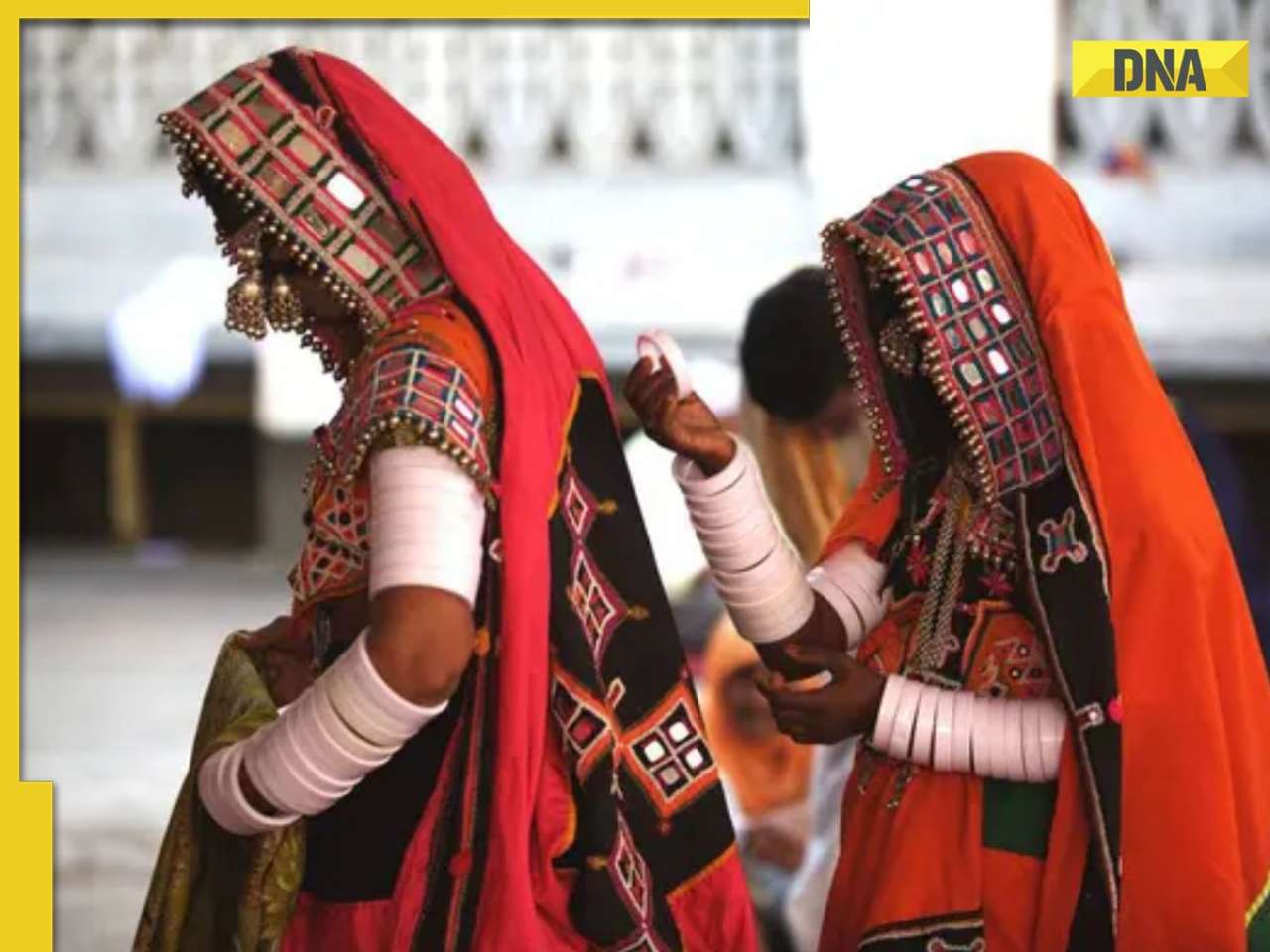
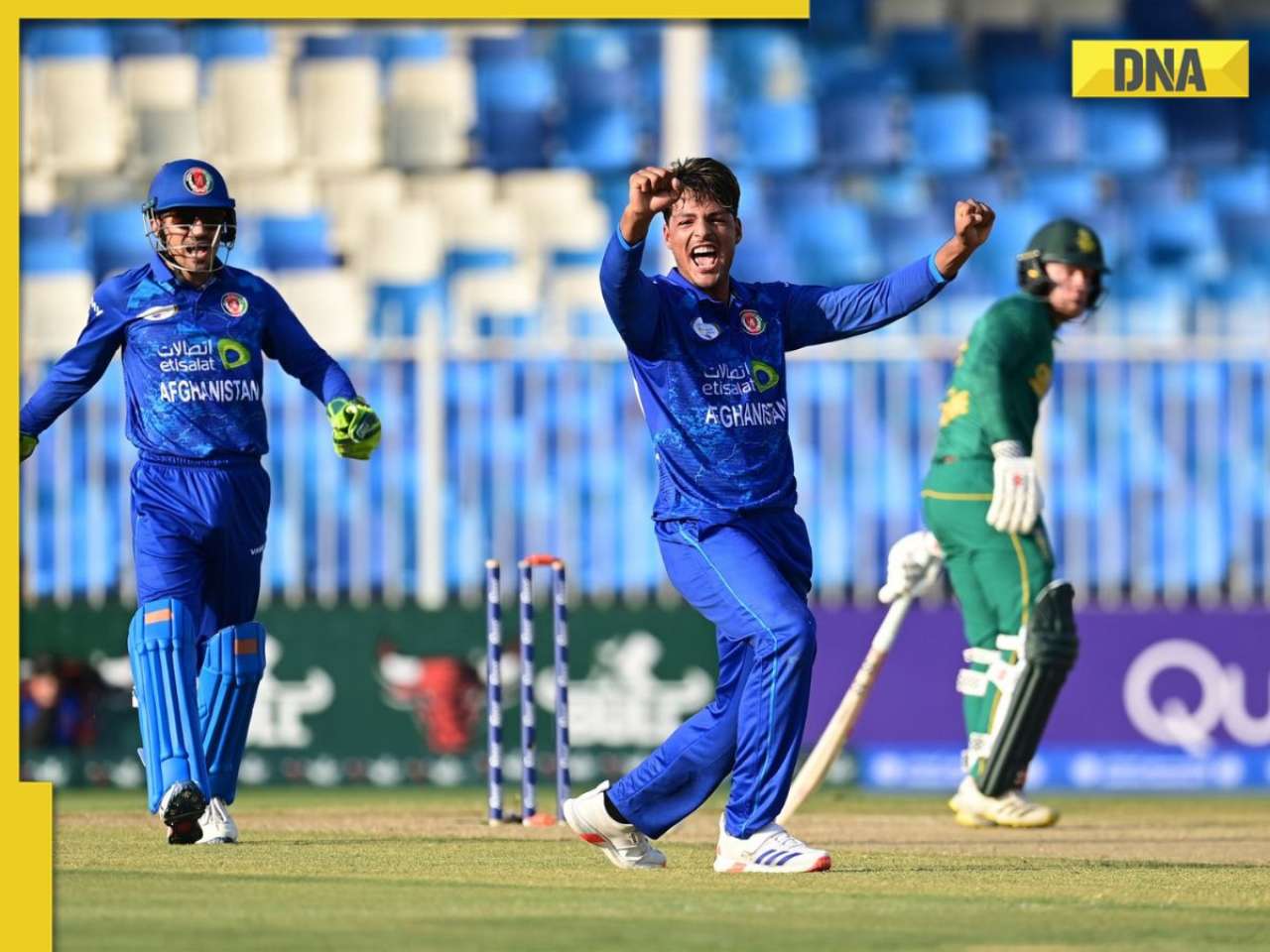
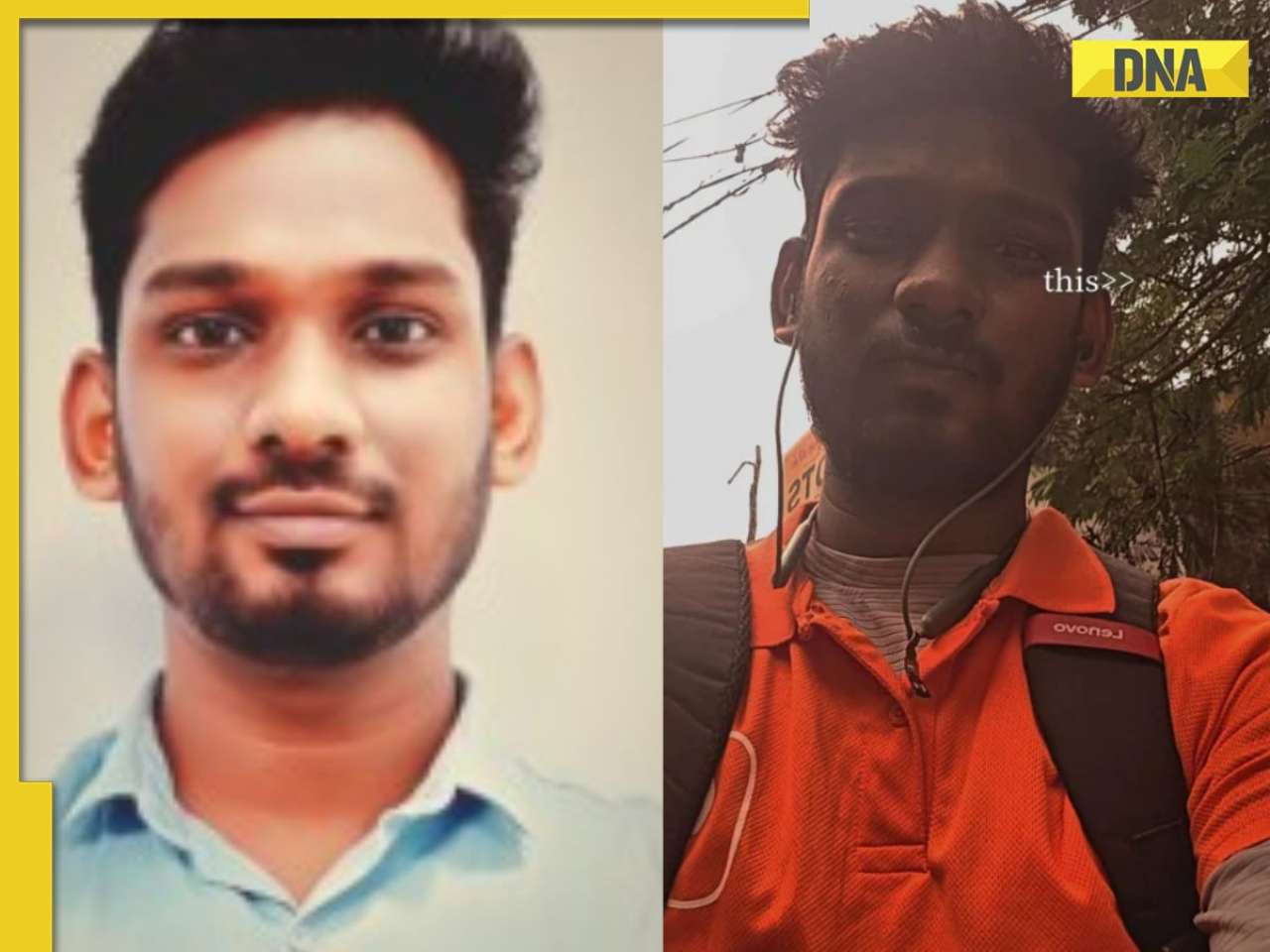
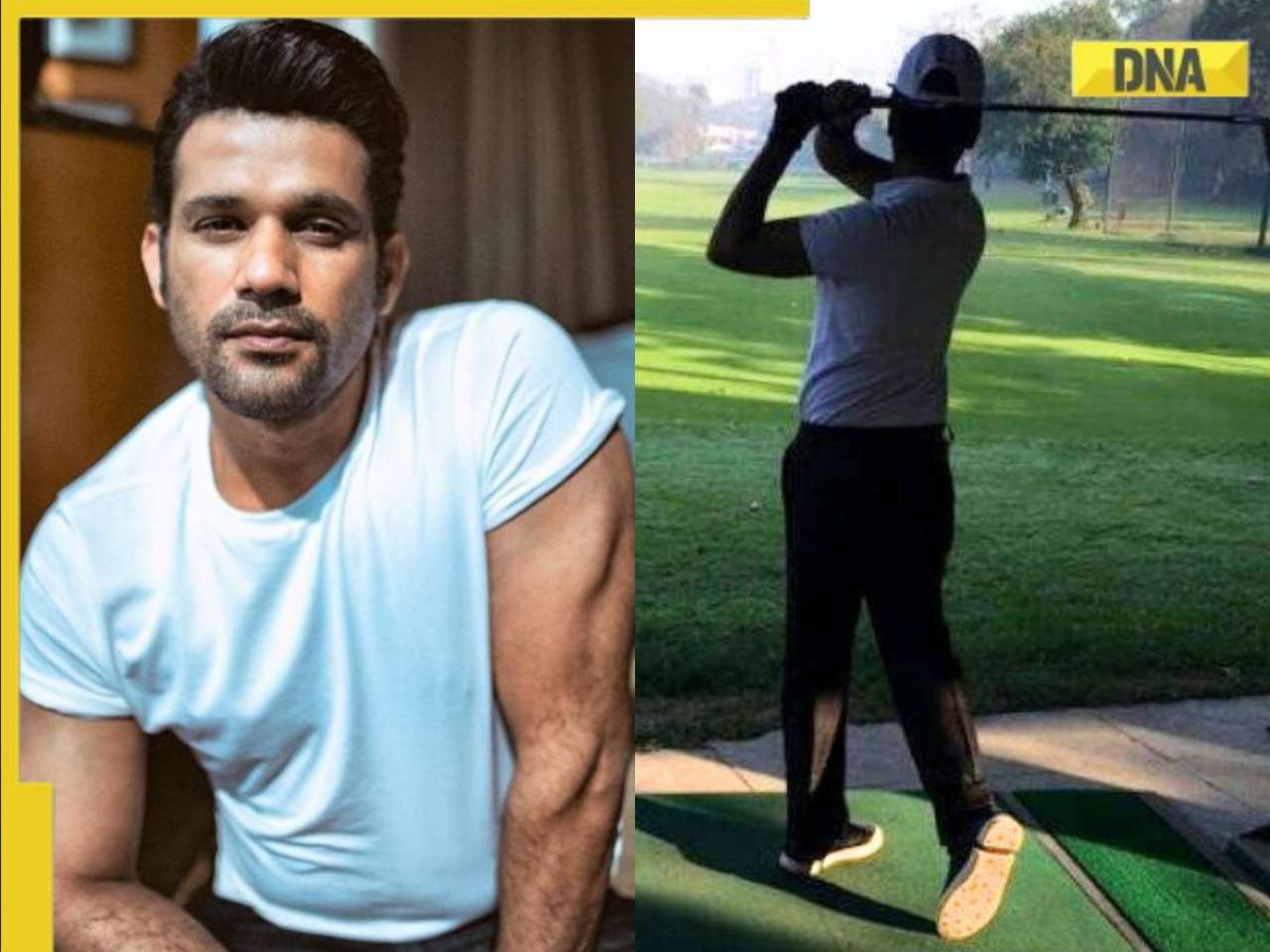
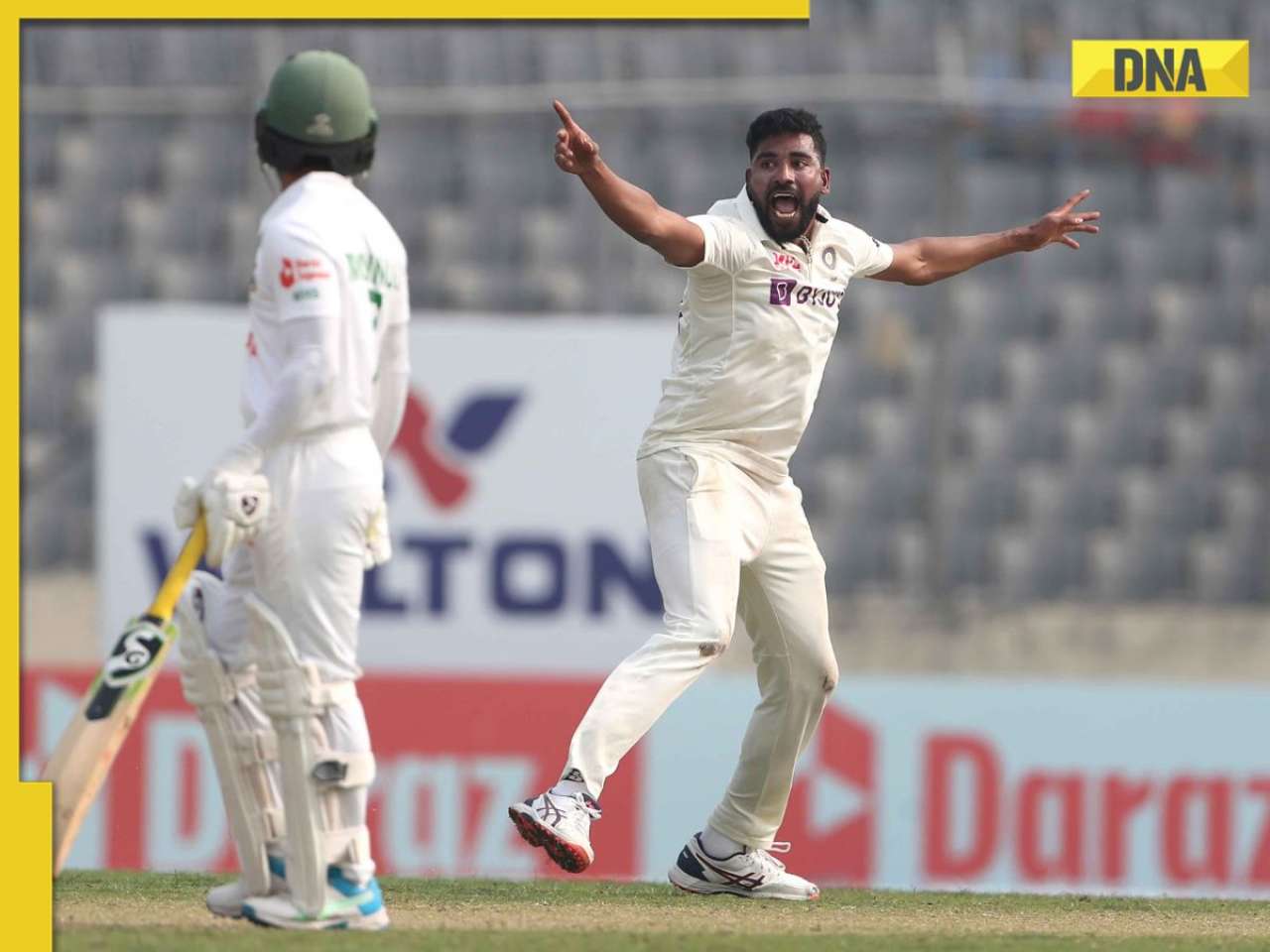








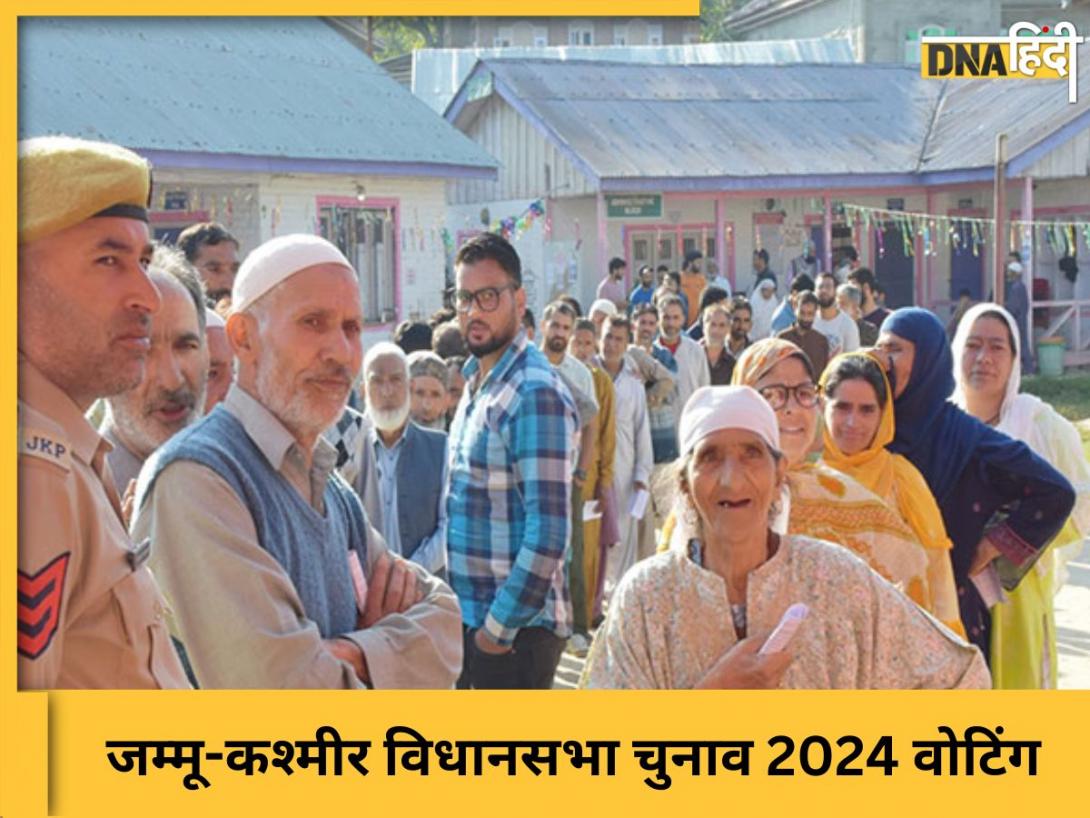
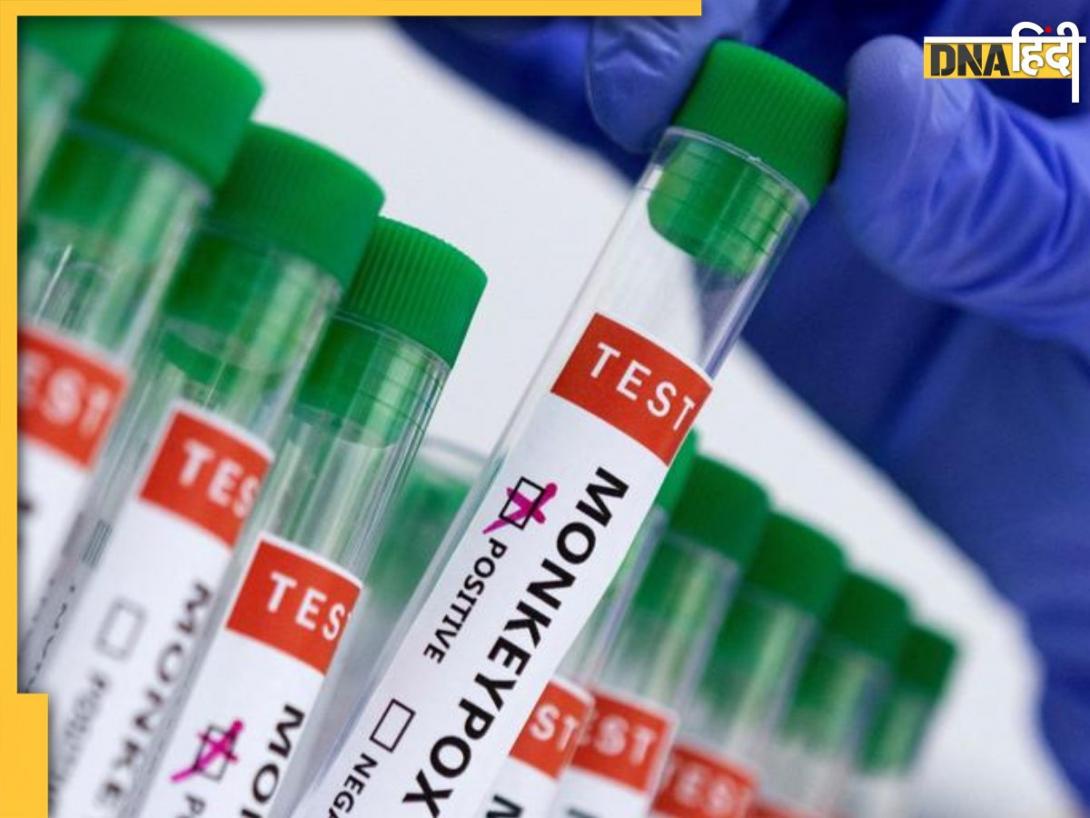





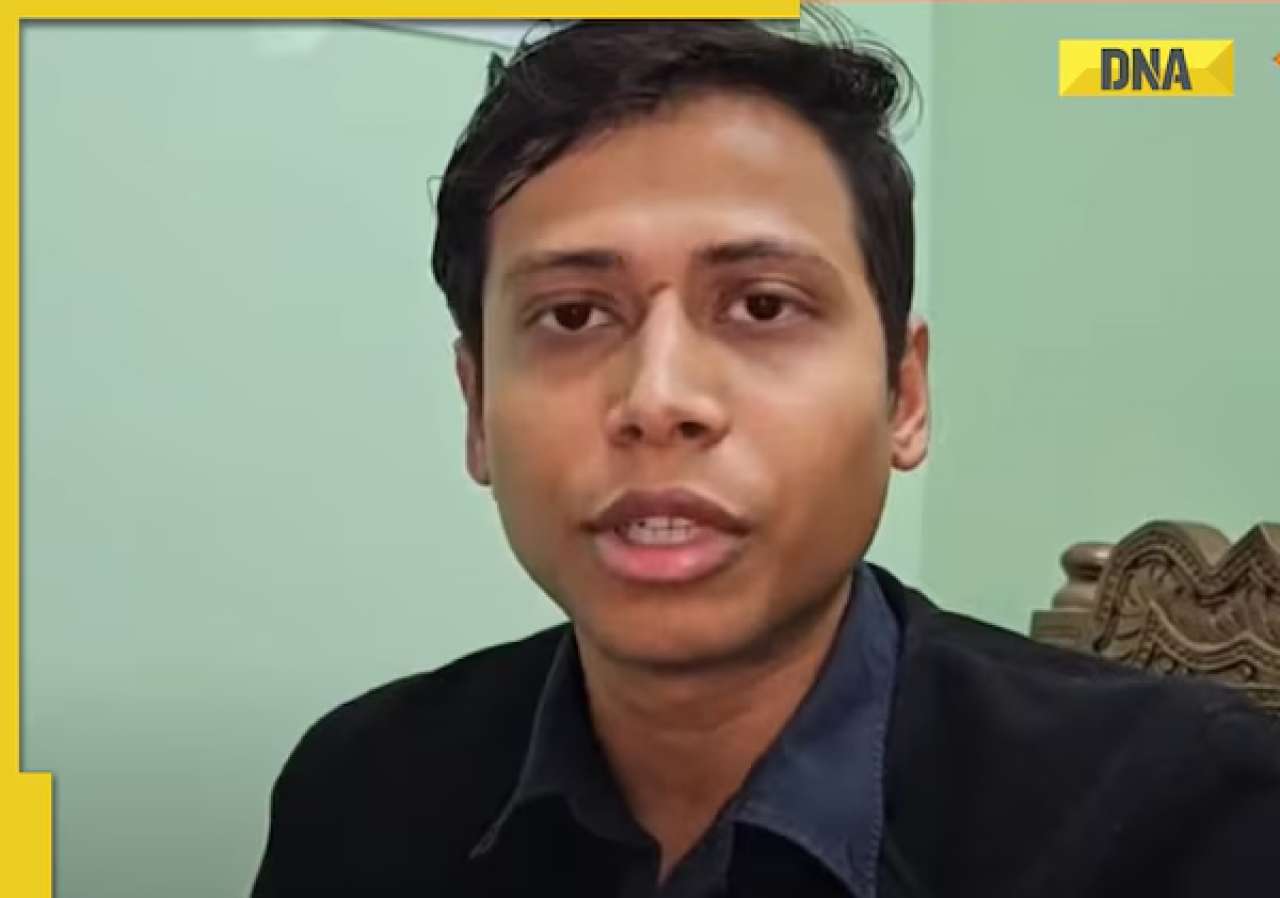
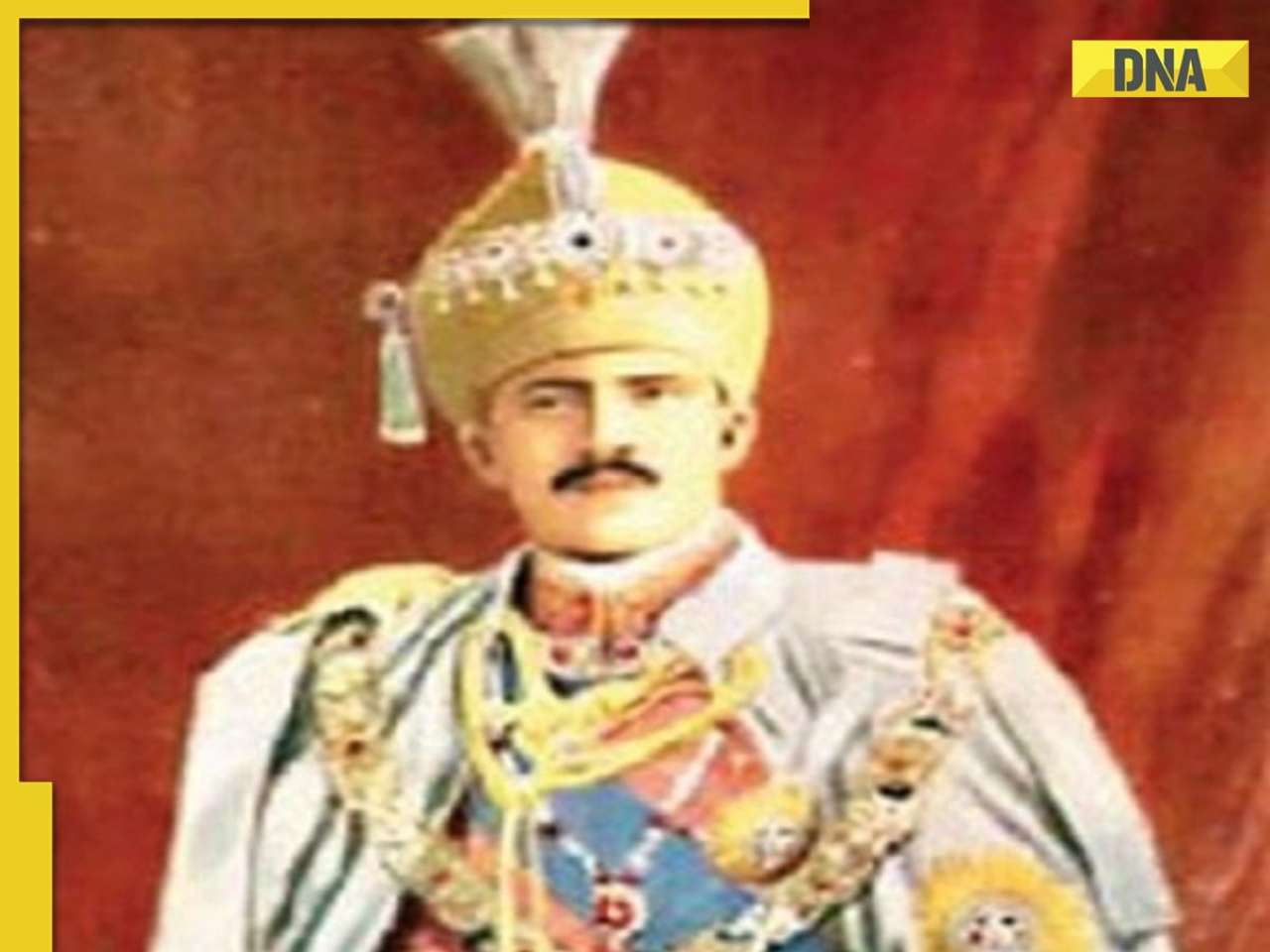


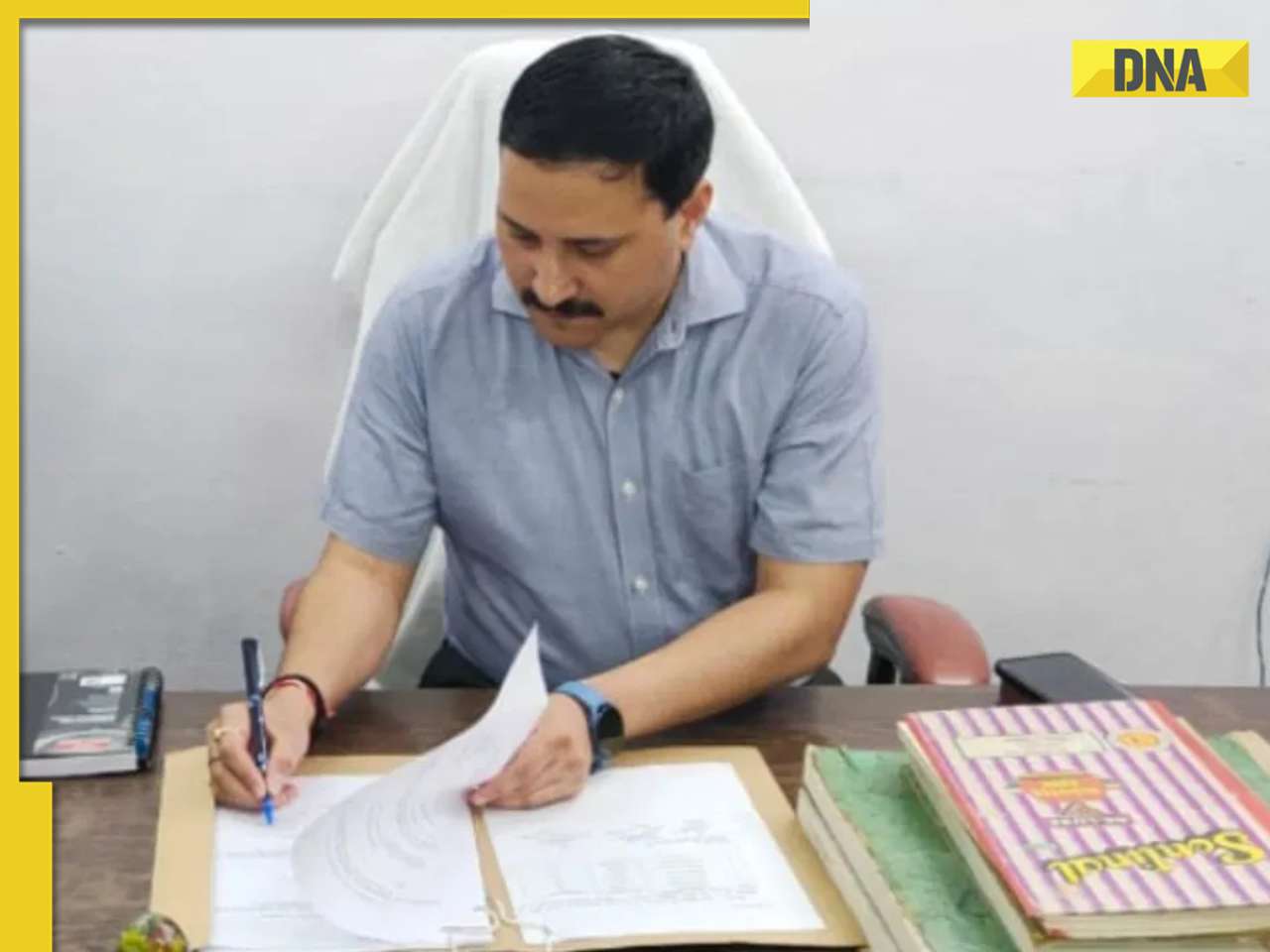
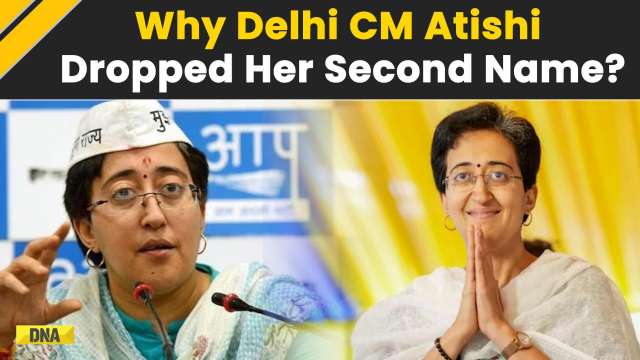
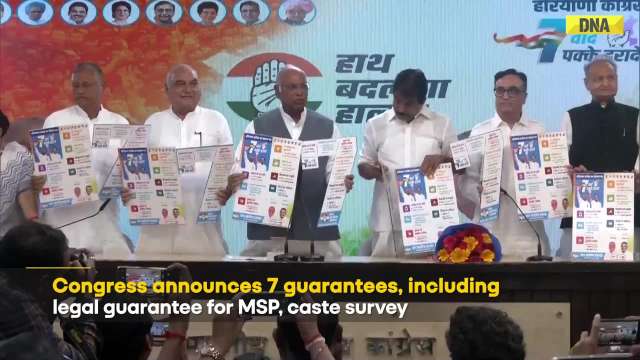

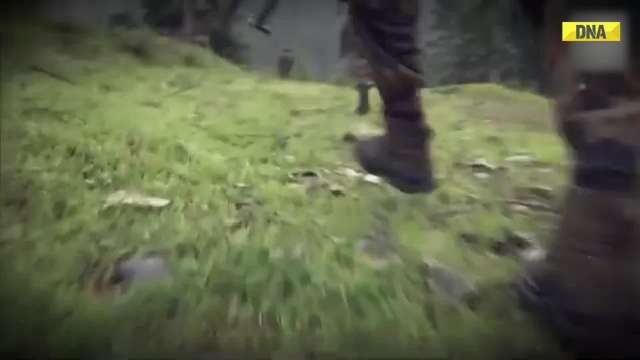

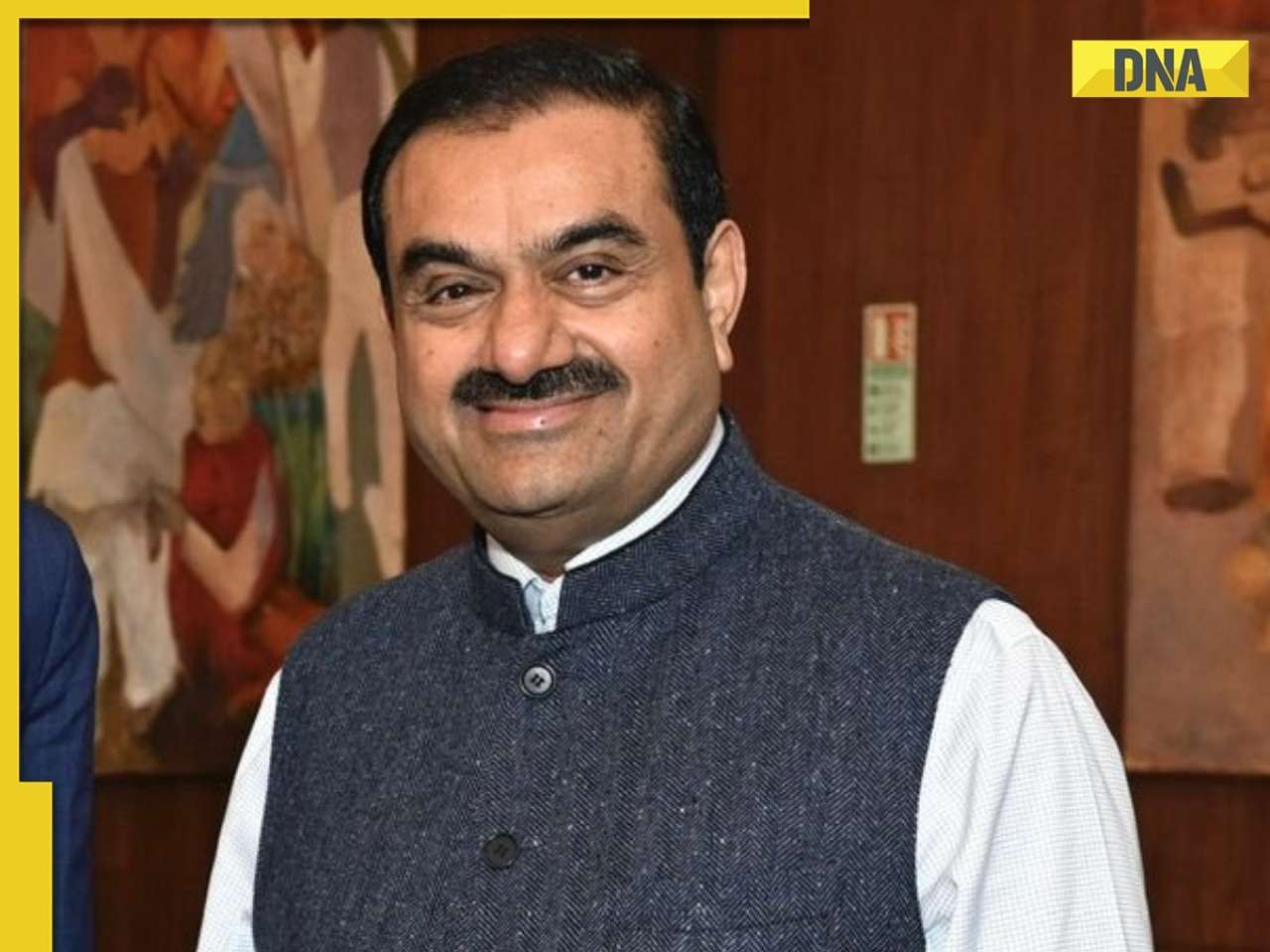


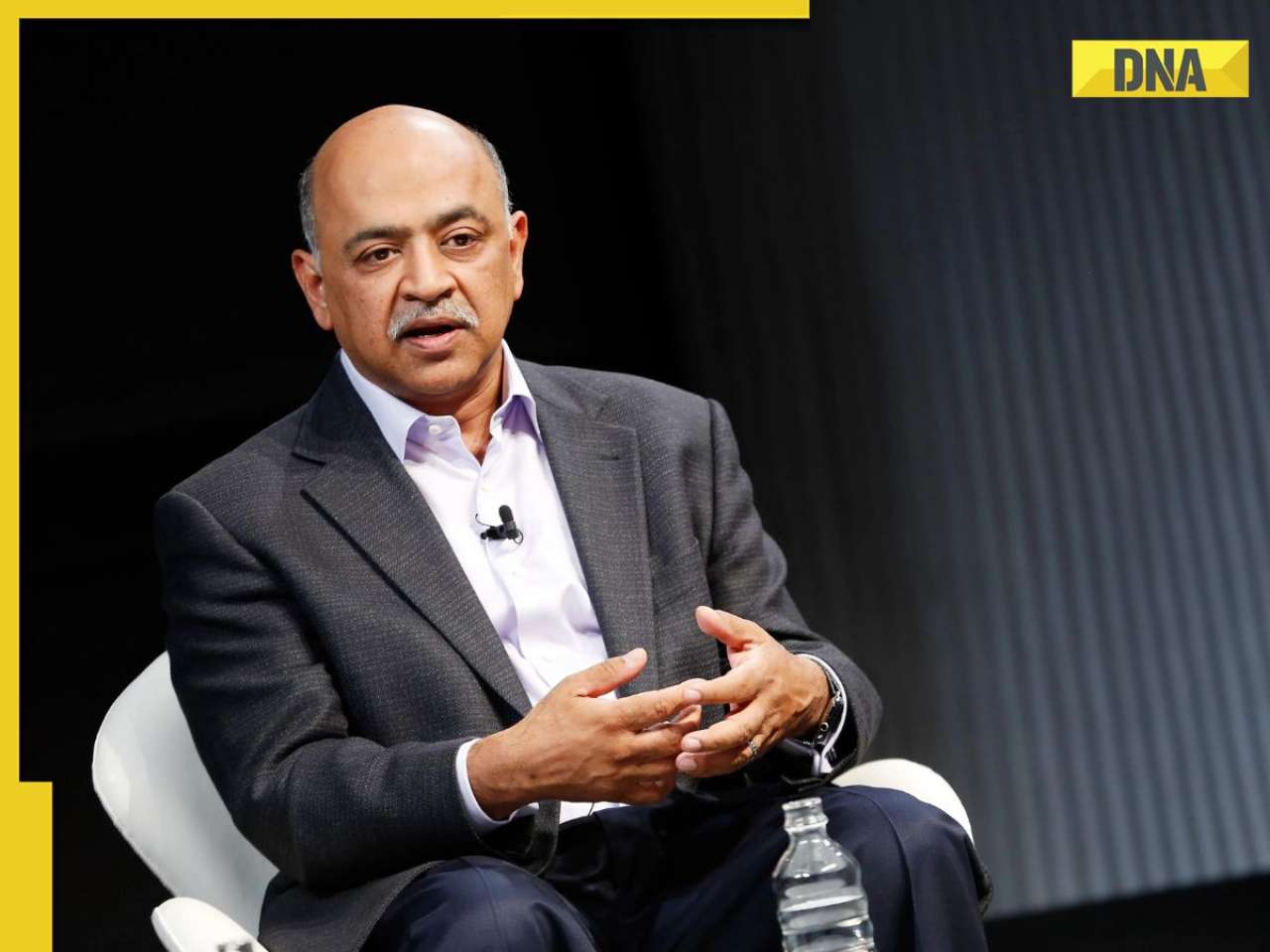

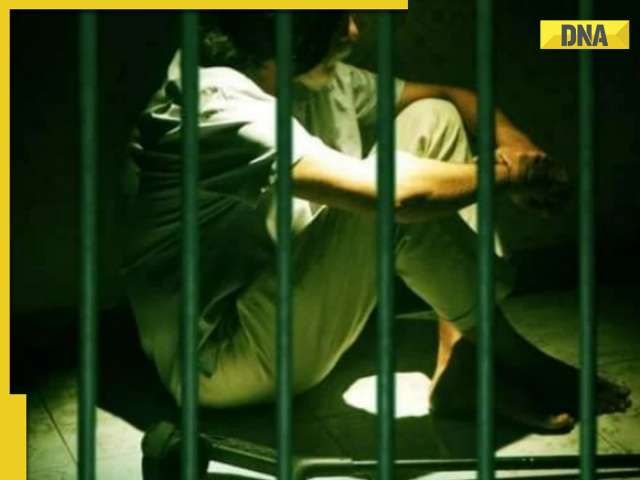
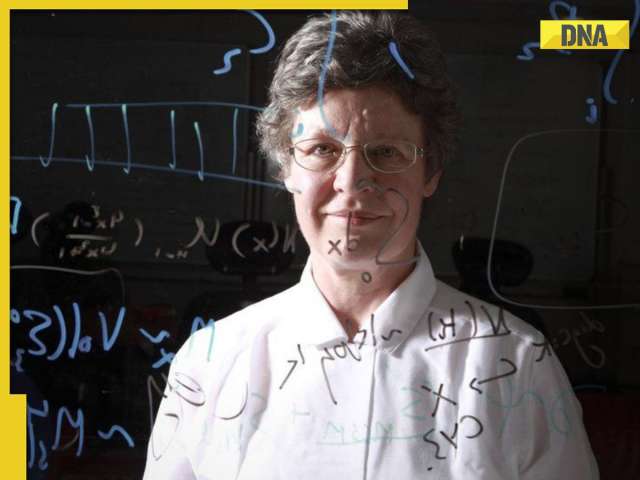
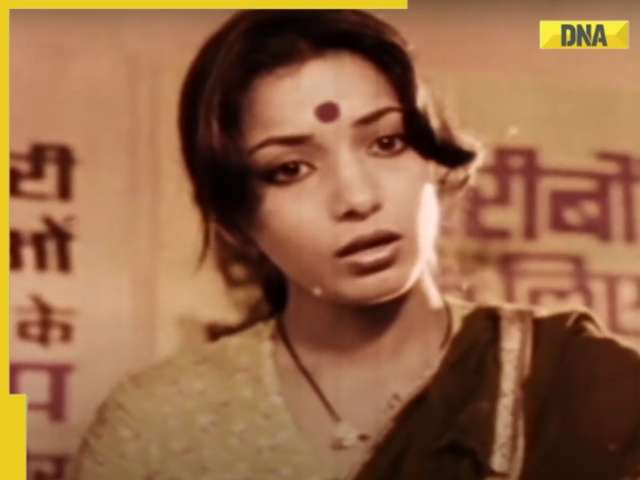
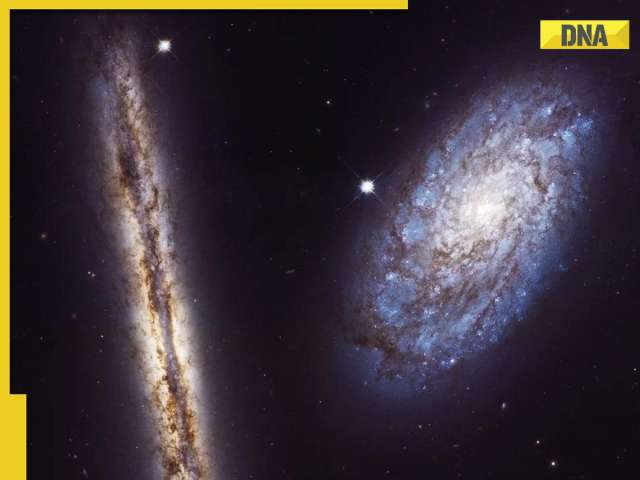

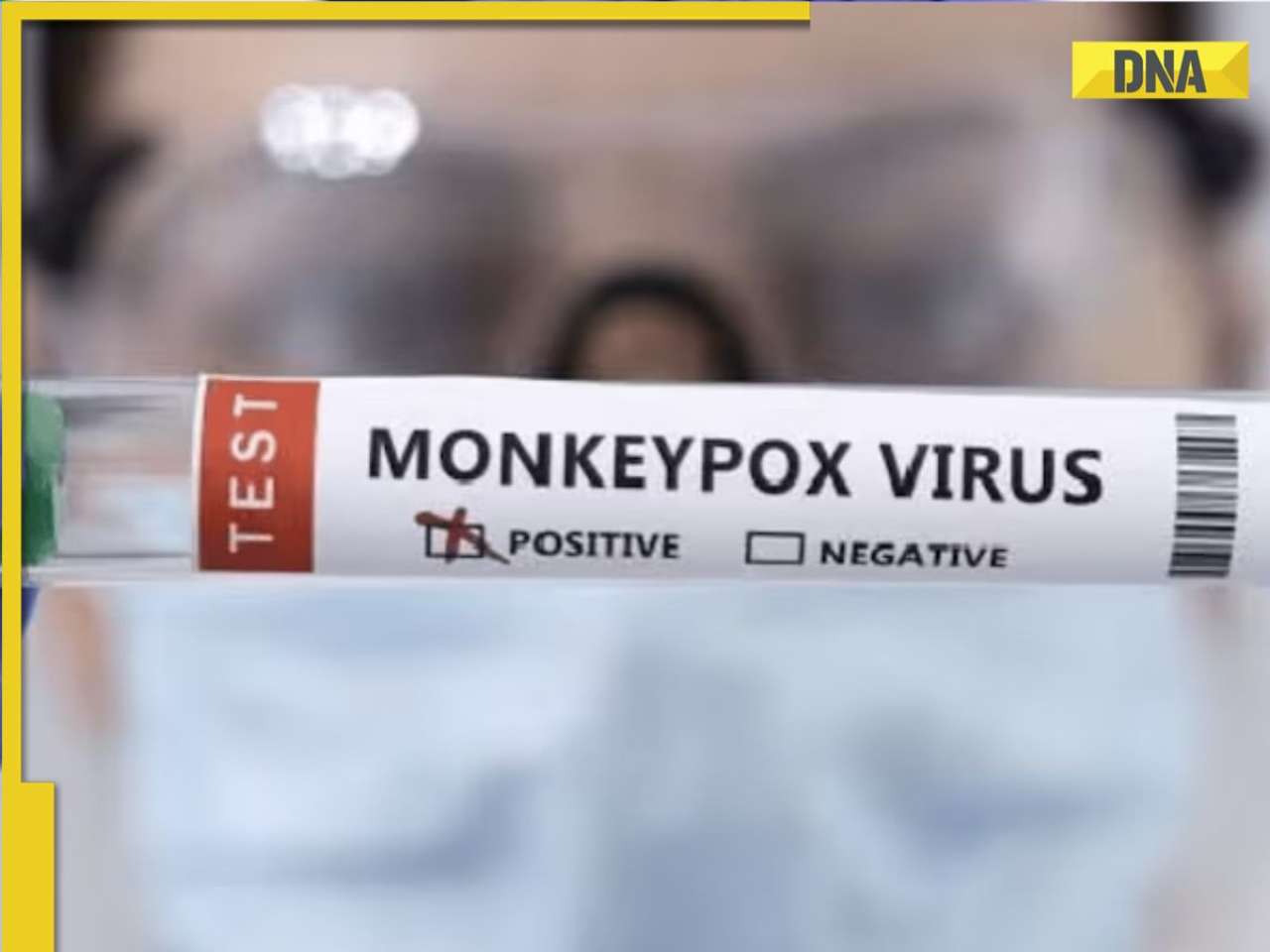

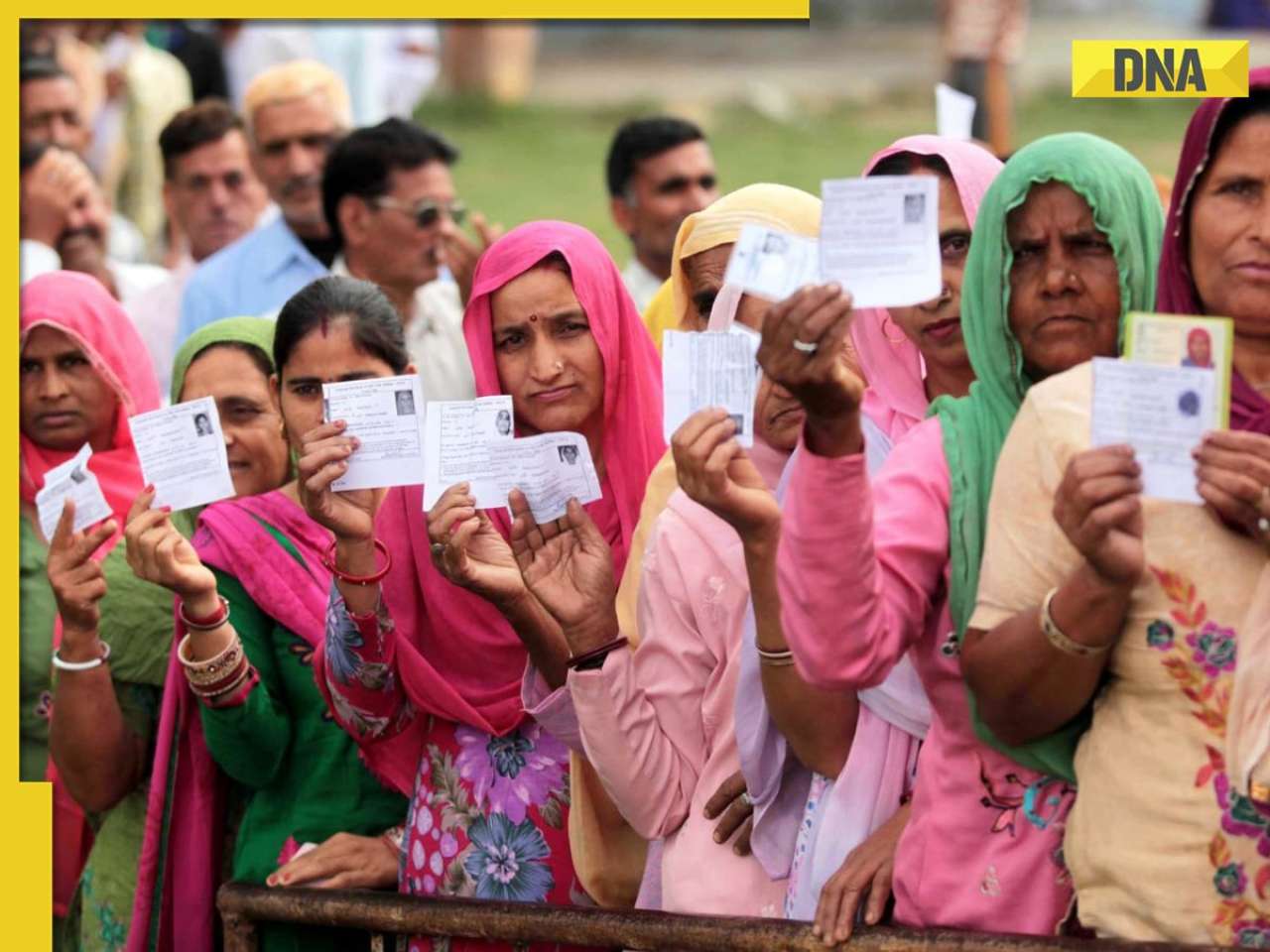

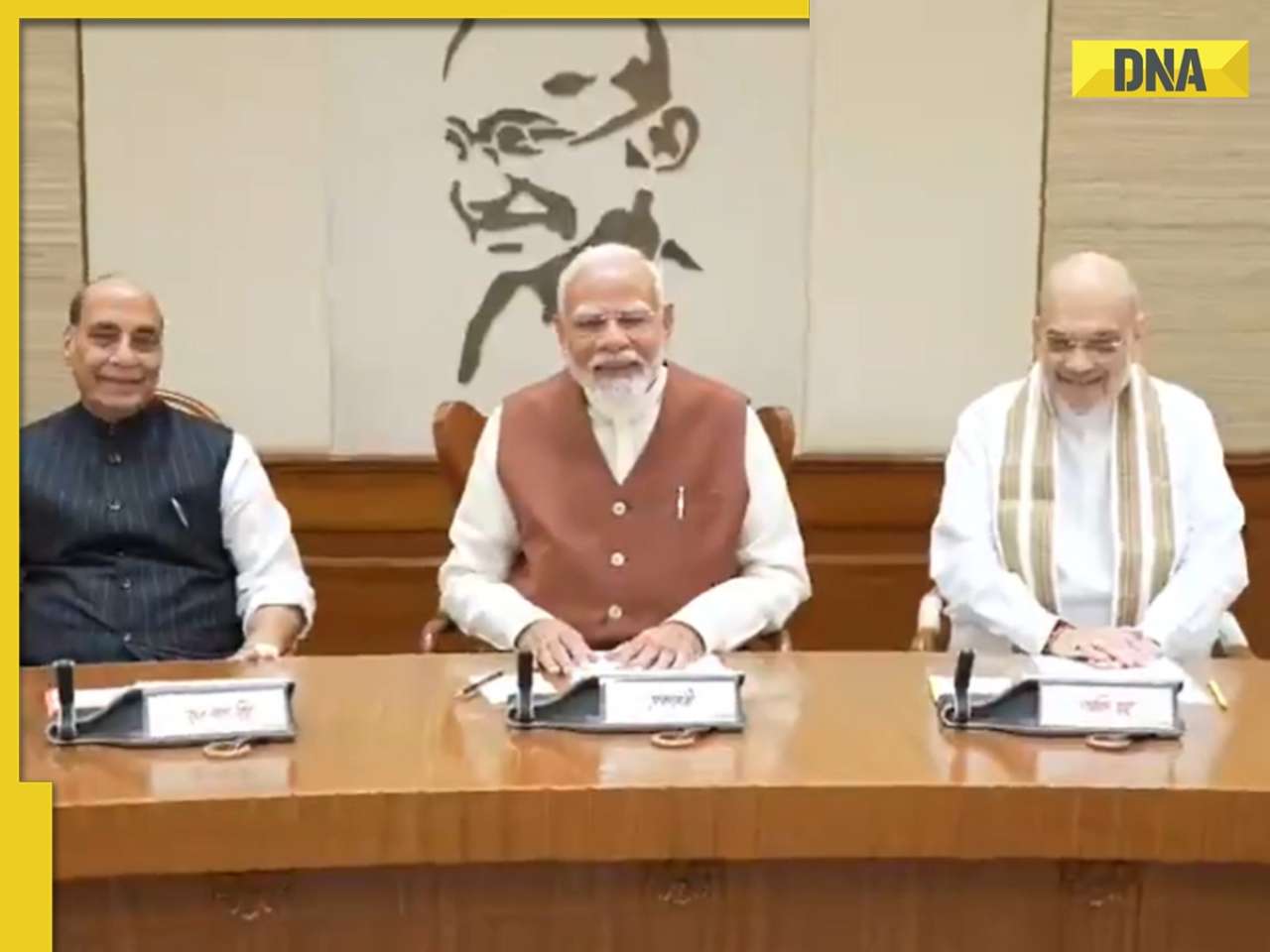


)
)
)
)
)
)
)
)
)
)
)
)
)
)





)
)
)
)
)
)